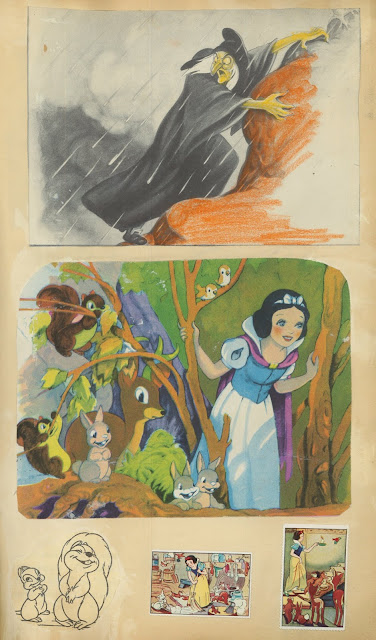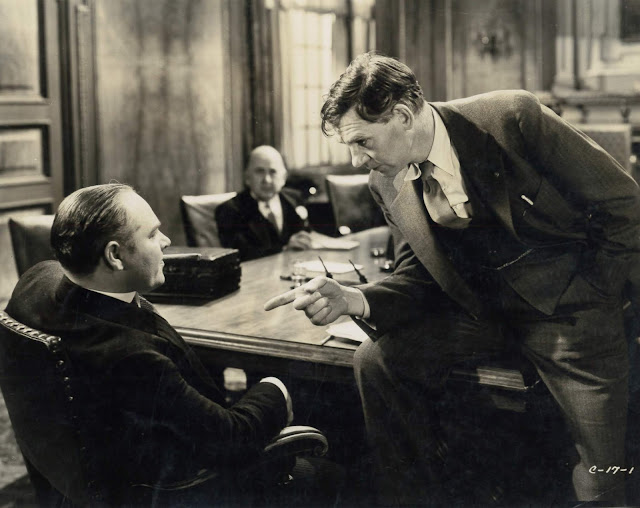Early Talk Goes Underwater
Columbia Treasure Hunts With Below The Sea (1933)
Imagine if Ann Darrow took over the Venture and worked her erotic wiles on a whole crew. They'd forget Skull Island soon enough, as demonstrated here in a Columbia programmer Fay Wray did around a same time as King Kong, her Bruce Cabot counterpart a rough-and-tumble Ralph Bellamy with as much use for women (he thinks) as BC prior to wrestling with Wray. She comes on like a siren of the sea, and though we're a third in before Fay enters, she's worth the wait. Was this actress aware of the heat she spread? Below The Sea happily gives her guile as opposed to innocence under threat that was customary menu. Fay is financing a scientific comb of deep waters that unbeknownst to her, conceal gold bars sunk with a U-Boat from the past war. The latter's captain has teamed with Ralph to salvage same amidst double-crossing between the two and a femme confederate. Sounds more complicated than it is, Below The Sea a pure actioner that must have stood Depression youth on their ears.






















































